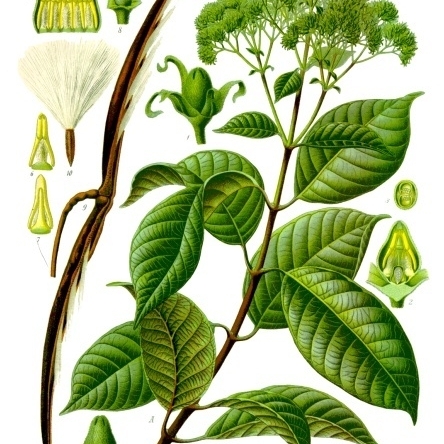Lianas woody, latex white. Leaves opposite. Cymes paniculate, terminal or axillary, 3-branched. Flowers small. Calyx deeply divided, with basal glands inside. Corolla suburceolate, throat without scales; lobes short, overlapping to right. Stamens included, inserted at base of corolla tube; filaments short; anthers narrowly oblong, sagittate, connivent, adherent to pistil head, cells spurred at base; disc ringlike, entire or 5-lobed. Ovaries 2, longer than disc, villous at apex; ovules numerous in each locule. Style short; pistil head ovoid, conical or oblong, apex 2-cleft. Follicles cylindric or narrowly ellipsoid, spreading, thick, acuminate. Seeds numerous, oblong or linear, compressed, pubescent, coma long; endosperm scanty; cotyledons oblong or ovate, leaflike, radicle short.

